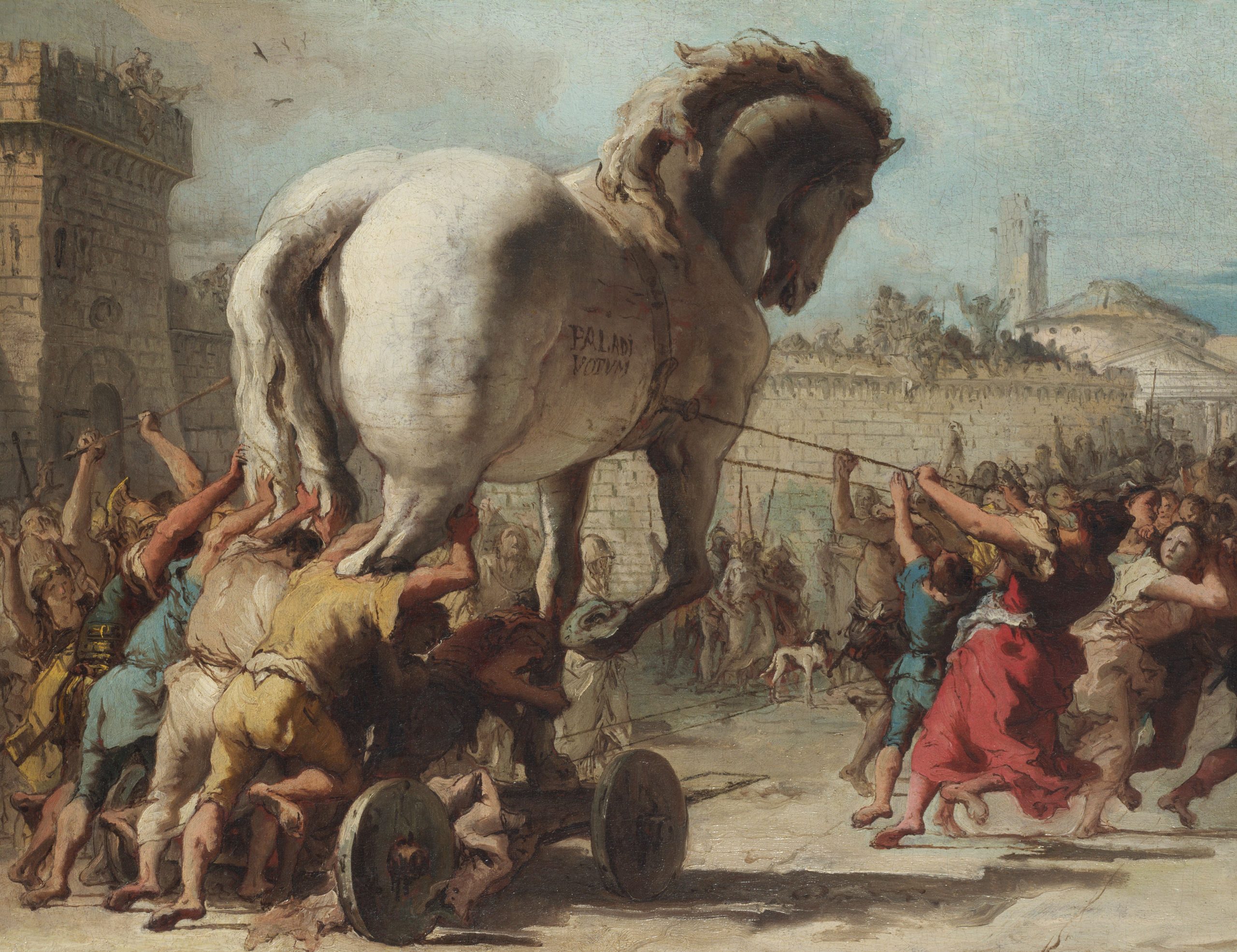
- This course has passed.
The Story Of Greece And Rome – As Told Through London’s Buildings
30 May 2023 - 27 June 2023
10.45 – 12.45 Tuesdays
£66.00 – £275.00

Description
Harry Mount, author of Amo, Amas, Amat and All That and Odyssey – Ancient Greece in the Footsteps of Odysseus, tells the history of the classical world from 1200 BC to 410 AD through London’s buildings in five delightful walks.
“Harry is an outstanding lecturer and guide taking us through places I never knew existed even though I have lived in London all my life”.
Course Outline
30 May 2023 – From The Trojan War To The Parthenon
Starting at the statue of Achilles at Hyde Park Corner, moving through Mayfair and St James’s, ending up at the Athenaeum, with its copy of the frieze on the Parthenon. Harry will tell the story of the Trojan War and the Greek myths, the Mycenean period, Archaic Greece and the dawn of the classical age.
06 June 2023 – From Classical Greece To The Roman Invasion Of Greece
St Pancras New Church, Bloomsbury. This church, inspired by the 50BC Tower of the Winds, and the 335BC Choragic Monument of Lysicrates, both in Athens, shows how Athenian art and architecture reached its peak in the classical and Hellenistic periods. The walk will continue to the British Museum and University College London, explaining the classical orders of architecture, and how the Greek Revival took off in Britain in the early 19th century – thanks to Byron, Greek independence and the arrival of the Elgin Marbles in London.
13 June 2023 – Triumphant Rome
At Marble Arch we will see one of the first copies of the Roman triumphal arch in London. From Julius Caesar to the Roman emperors – how imperial Rome entranced London, Britain and the world. A walk through central London up to the Nash terraces, and the triumphal arches of Chester Terrace will show how enduring imperial architecture was.
20 June 2023 – Emperor Constantine, The Fall Of Rome And The Renaissance
At Westminster Cathedral we will learn about Constantine’s move to Byzantium, naming it Constantinople, and the Emperor Justinian’s building of Sancta Sophia. A tour of Westminster, Trafalgar Square and the Strand reveals the Wrenaissance – the Edwardian period when the Empire’s capital produced epic buildings inspired by the Roman Empire, and its rebirth during the Renaissance after the 410 AD fall of Rome.
27 June 2023 – The Heights Of Imperial Rome
The height of Roman architectural ambition in the first and second century AD is reflected in Inigo Jones’s buildings, from the Banqueting House, to the Queen’s Chapel, St James’s Palace, to St Paul’s, Covent Garden. They reflect the genius of Palladio – who took the Roman temple front and the dome, as seen in the Pantheon, and applied it to a domestic setting.